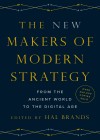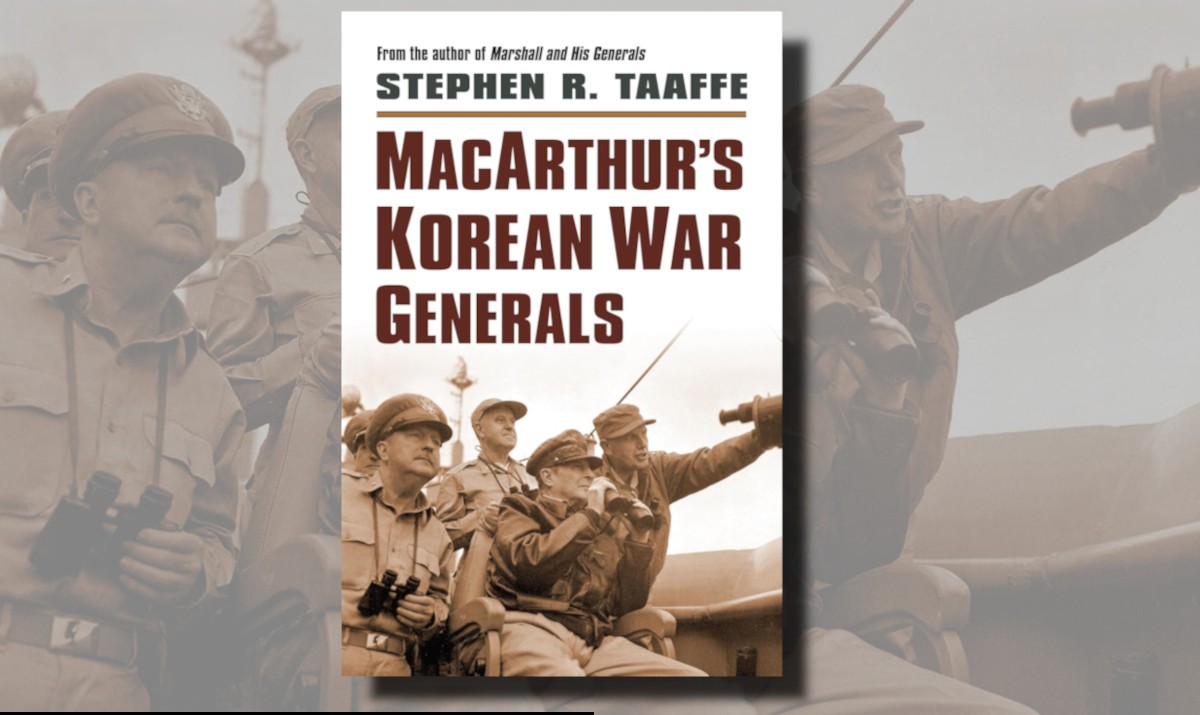Book Review - The New Makers of Modern Strategy
From the Ancient World to the Digital Age
Edited by Hal Brands
Princeton University Press, 2023, 1158 pp
Hardcover ISBN: 9780691204383
Reviewed by: Nick Bosio
Since the early 1950s, one book, The Makers of Modern Strategy, has consistently been compulsory reading at staff and war colleges around most of the Western world. Each edition has provided practitioners and scholars with insights into strategy, strategic thinking, and the issues of strategic culture. Furthermore, each version of this influential work follows the advice of renowned military historian Michael Howard: study the topic’s context, depth and width. Although Howard’s exhortation related to military history, his approach is equally relevant to the challenge of understanding strategy and strategic theory. Specifically, it is important to understand the context of the time; consider the situation as a case study; and look across history to understand the trends, themes, and lessons for today.
The newest edition of the book, The New Makers of Modern Strategy, edited by Hal Brands, continues the fine tradition set by earlier editions, bringing forward lessons from the history of strategy to inform contemporary thinking. As Brands highlights in his introduction, every edition brings something new to our understanding of strategy. With 216 more pages and 17 additional chapters, this new edition has been significantly restructured when compared to its preceding second edition. Nor is this restructuring superficial. While this new book maintains the broadly time-bound sections of previous editions, there is renewed effort to ensure that each section draws out the common themes relevant to contemporary great power competition. Even the naming of sections helps readers relate the analysis of yesteryear to today. Applied history (applying insights grounded in the study of the past to the challenges of today) has been a hallmark of all editions of The Makers, and this new book uses the same analytical approach to very good effect.
Almost all chapters draw out lessons by analysing historical case studies and the strategic approaches found within these situations. Such insights either help the reader to understand the issues of the past so they are not repeated, or can directly highlight the links between past approaches and contemporary thinking. A feature of the new book is its greater emphasis on non-European thinking and how it may—or may not—influence the actions of contemporary extremist ideologies or great powers. Chapter 3, ‘Sun Zi and the Search for a Timeless Logic of Strategy’, is an example. Here, Toshi Yoshihara explores Sun Tzu’s theories and their influence on both Western and Eastern ‘thinking’. His conclusion may test some commentators because:
[t]he claim that Chinese military thought is profoundly different from that of its Western counterpart—owing in part to the influence of Sun Zi bingfa and other military classics—reduces Chinese or Eastern strategy to a caricature or, at worst, a stereotype. [pages 89–90]
An underpinning feature of Brands’s edition is its focus on strategic competition and great power actions in a multipolar world. While the first edition, released in 1943, focused on great power war, and the second edition, published in 1986, was born of the Cold War’s bipolar world, this new edition captures insights relating to strategic competition, heightened strategic risk, and the interplay between great, middle and small powers. As Brands outlines in the introduction, this emphasis reflects the strategic environment within which this book is written and published. For example, compared to the compressed discussion in the second edition, this new book provides a more expanded review of 16th and 17th century strategy (Chapters 11 and 12).
Bookended by the Italian Wars of the early 1500s and the Thirty Years War (1616–1648), the examples of strategy during these times illustrate the relevance of this new edition to contemporary challenges for the profession of arms and statecraft. This is because these historical periods remain very relevant today as they were periods characterised by multipolar competition, social upheaval, and changing great power dynamics. How small and middle powers operated to survive and thrive within such a competitive environment provides valuable insights to today’s practitioners of strategy, strategic planning and statecraft.
The New Makers of Modern Strategy has much to offer experienced and novice strategic practitioners alike. For example, readers focused on grappling with the fundamental concepts of strategy and strategic theory should start with the introduction, Chapter 1 (‘Strategy: The History of an Idea’), Chapter 5 (‘The Elusive Meaning and Enduring Relevance of Clausewitz’) and Chapter 6 (‘Jomini, Modern War, and Strategy’). From there, it may be helpful to turn to chapters relating to the Indo-Pacific. Readers with a particular interest in the rise of China may be tempted to jump to Chapter 39, ‘Xi Jinping and the Strategy of China’s Restoration’, but other chapters provide relevant context and should not be overlooked. For example, Chapter 35, ‘Dilemmas of Dominance’, outlines the economic, geostrategic and political—both domestic and international—dilemmas that have shaped the US’s contemporary strategic posture. It is also worth understanding the challenges of modern war, and the tension between tactical victory and strategic success as explored in Chapter 20, ‘The Strategy of Decisive War versus the Strategy of Attrition’. These insights may help readers understand how over-emphasising tactical decisive victory can create strategic risk for the nation. Finally, as outlined above, the insights of the 17th century are relevant to Australia as a middle power in a time of strategic multipolar competition.
The New Makers of Modern Strategy is an invaluable addition to any professional’s or scholar’s library. It should be made available by all military formation/area libraries. Operational and strategic planners should also be familiar with this work. However, it is not a book that is intended to be read cover to cover. Instead, the illustrative case studies offer a resource to be dived into and reviewed when seeking inspiration and guidance. By showing how people, throughout history, have attempted to understand their strategic environment, the book provides a springboard from which to frame the problem space of today, and to develop a strategic approach to contemporary challenges. Given that each chapter highlights both the successes and failures of strategy throughout history, The New Makers of Modern Strategy offers more than just an edited book of case studies. Instead, it presents a collection of ready-made ‘mental models’ to help inform contemporary thinking. Readers would be well advised to reflect on the contents of the book, comparing case studies across chapters and reflecting on the relevance of the insights to the Australian context. For junior officers, such insights will provide strategic awareness. For field ranks, these insights will grow strategic thinking. For senior leaders, such knowledge will enhance strategic art. Taken together, these outcomes will help buttress the nation against the challenges posed by a rapidly evolving national and international strategic environment.
About the Reviewer
Colonel Nick Bosio has held a range of command and staff appointments across tactical, campaign and strategic posts, both within Australia and on operations. His experiences include Chief of Campaign Plans for a 3-Star Coalition Headquarters, Commanding Officer of the 6th Engineer Support Regiment, and Deputy Head/Director of Military Strategic Plans. Colonel Bosio holds a Bachelor of Engineering, three Master degrees and a research doctorate (PhD) focusing on military theory, strategic studies, and systems thinking. He is currently an instructor at the Australian War College.




